Another trip from the past, I spent three days in the Hungarian capital back in September 2008. I enjoyed it a lot at the time though by now European cities tend to blur together in my memory.
It was home to probably the first synagogue I visited, the glorious Dohany utca Synagogue, the largest in Europe. Built in the mid-1800s it can hold up to 3,000 people. The distinctive Moorish Revival style seemed to be a popular choice for synagogues, with some wonderful examples in Prague.








St. Stephen’s Basilica is even larger, and one of the tallest buildings in an unusually low-rise city. The interior is impressively decorative, and there are great views from one of the towers.






A kilometer away the House of Terror was an disturbing reminder of Budapest’s more recent history under fascist and communist regimes. No photography is allowed inside but I remember well the tank in the building’s central lobby.

Budapest has many museums, one of the more unusual being the surprisingly interesting Underground Railway Museum Deak ter.



Even better for anyone interested in trains is the Hungarian National Railway Park, one of the largest museums of it’s kind that I’ve visited. There were plenty of Soviet era engines, and some eclectic vehicles, including cars on tracks and giant snow ploughs.


















Less exciting, other than for the grand building, was the Museum of Enthnography.


The Museum of Fine Arts was in an equally grand building, but with better content. The touring exhibition of Egyptian artifacts was one of the best I’ve seen, but photography wasn’t allowed unfortunately. The museum is across the rather sparse Millenary Monument Heros Square.


In the large neighbouring park is Vajdahunyad Castle, built for an exhibition in 1896, incorporating a range of historical styles into one rather odd building.




Built at about the same time and more visually appealing is the magnificent Great Market Hall.


Only a few years younger is the iconic Hungarian Parliament Building, huge and impressive on the riverside.
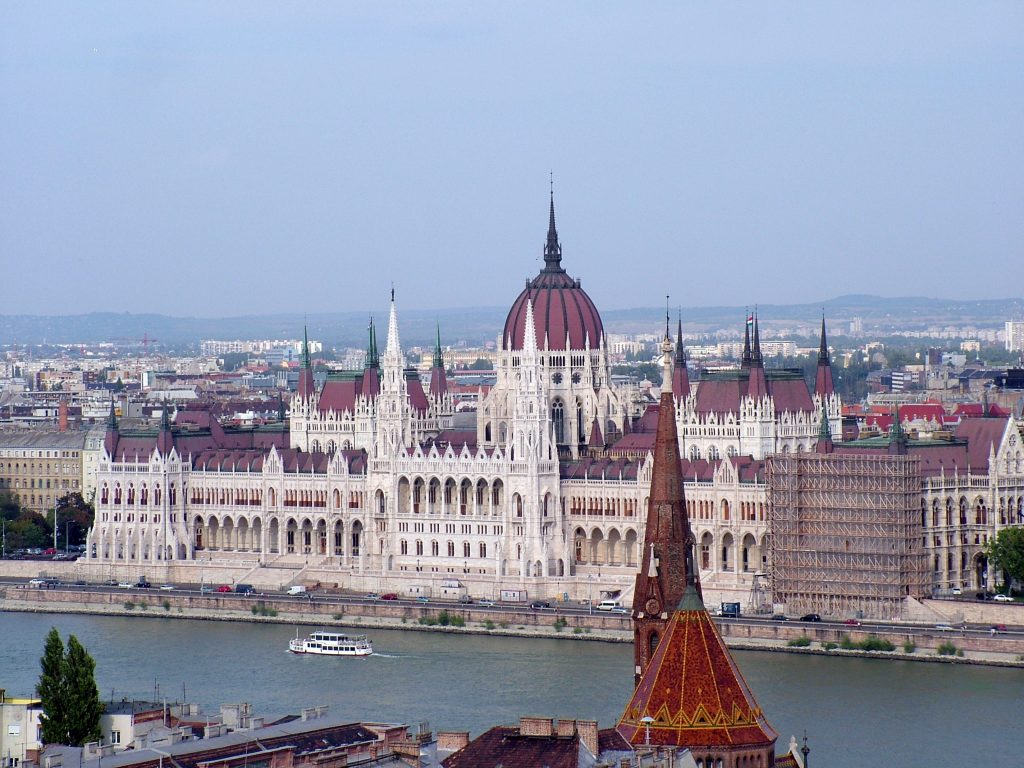

Across the Danube River on the Buda side are the oldest buildings in the city, including the hilltop Buda Castle. Here are a complex of buildings including the Hungarian National Gallery and Matyas Church (which was under restoration when I visited).







Nearby Fishermen’s Bastion provides some of the best views of the city.

The easiest way to get up the hill to the castle is by taking the near 150 year old Siklo Funicular.

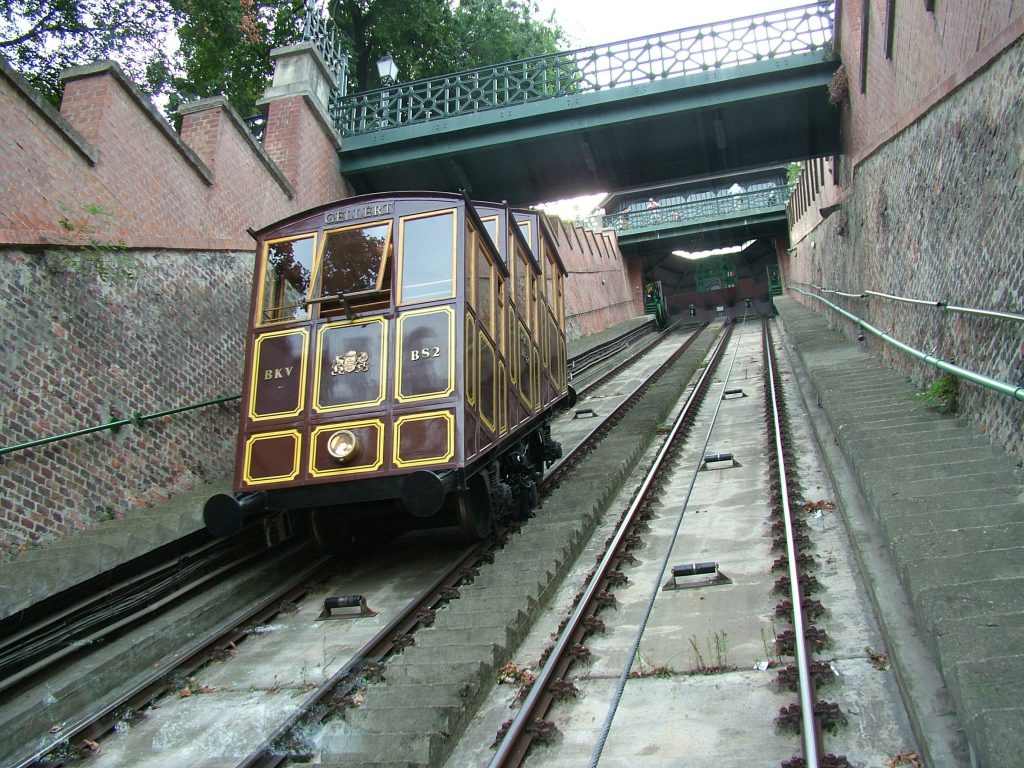
In the castle area is the 13th century Mary Magdalene Tower, heavily damaged during WWW2, and the diverting Golden Eagle Pharmacy Museum.





Staying on the Buda side of the river there are even higher views from the hillside Citadella, above the novel Cave Church.
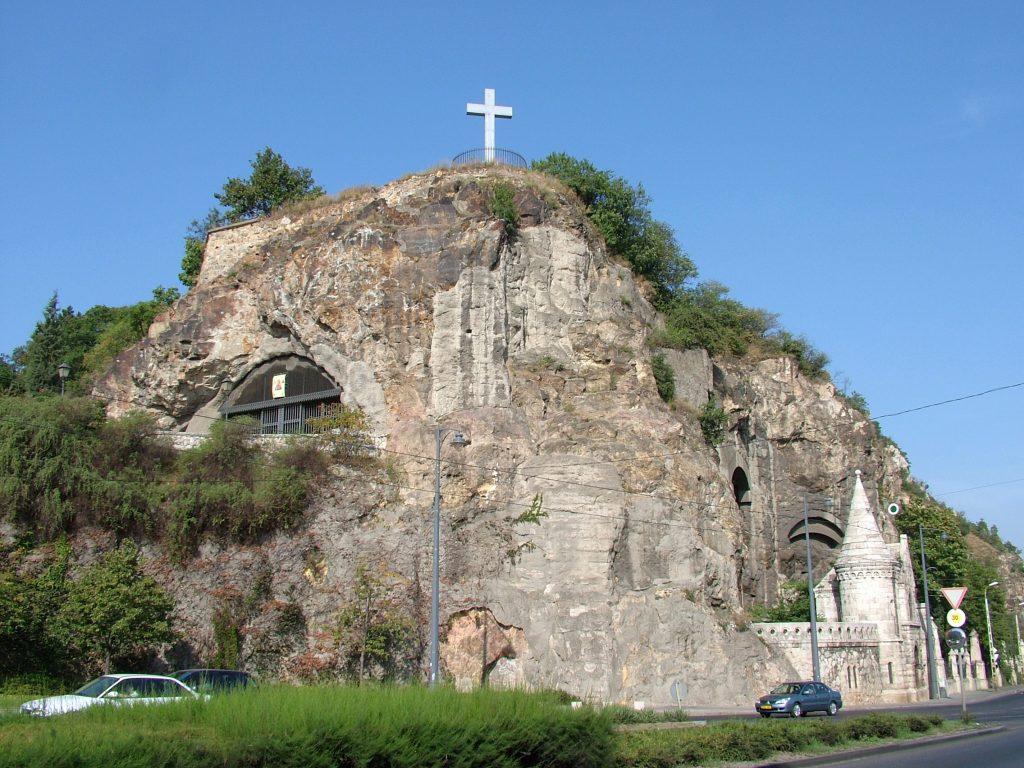



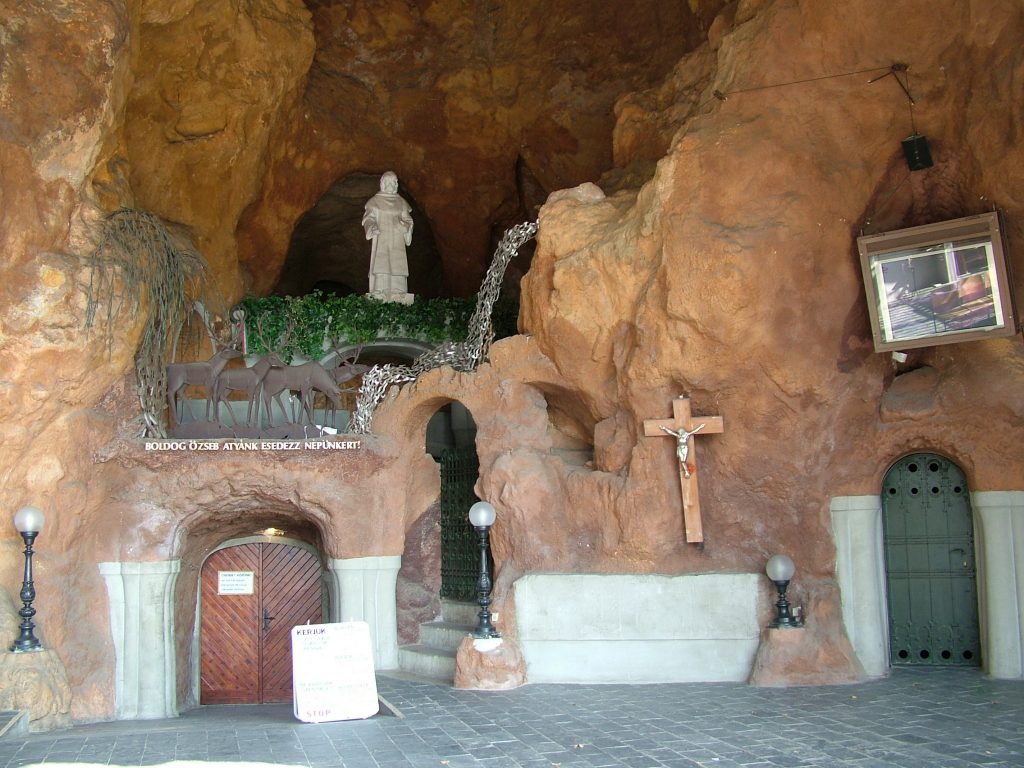
To finish on a random note with what happens if someone sets fire to a plastic bin…

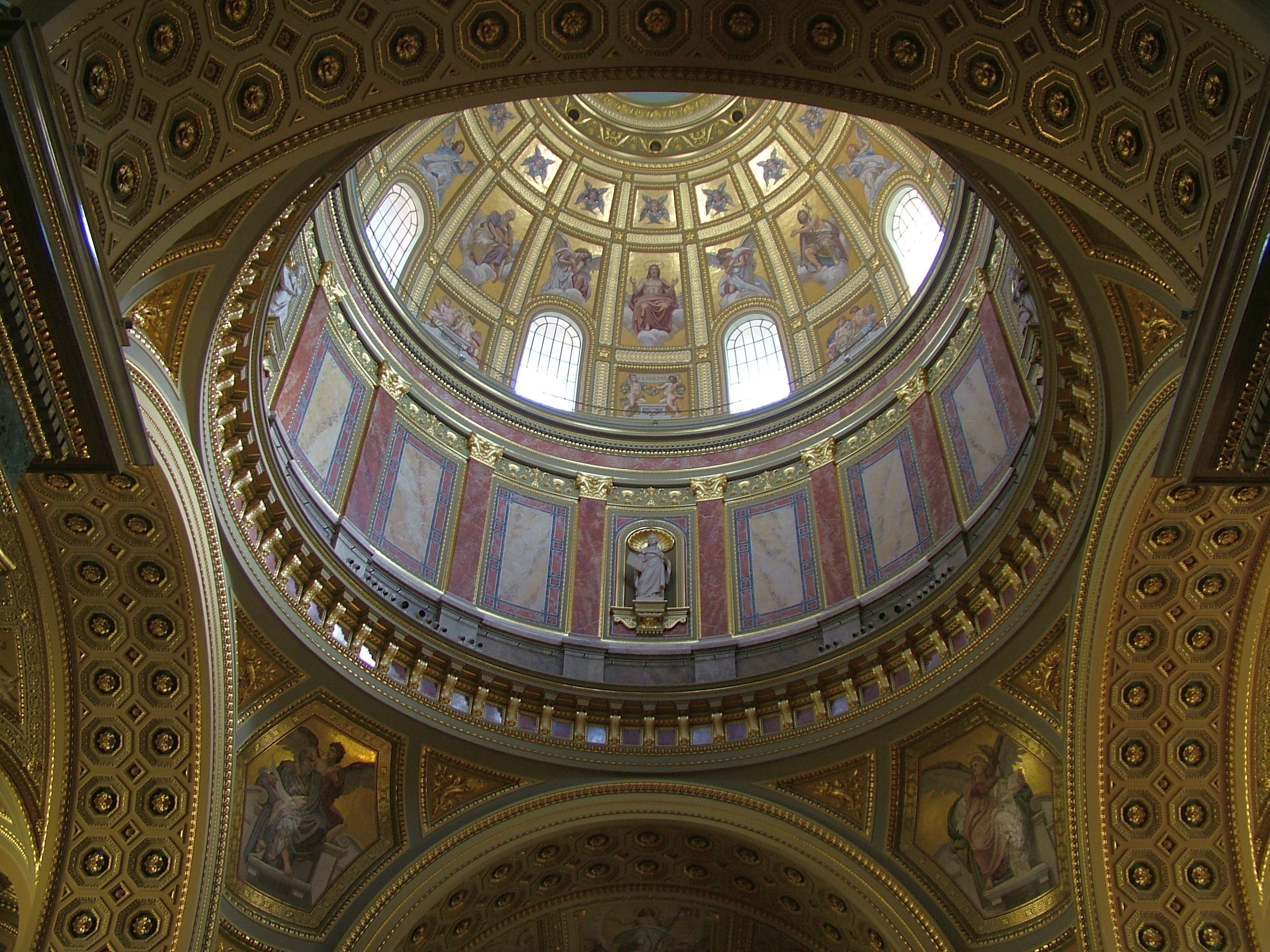




Leave a Reply